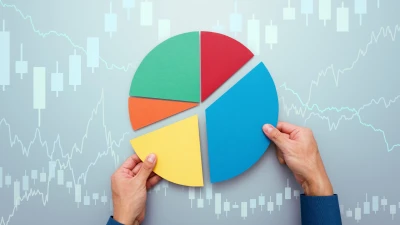BetaShares revises down ETFs FUM forecast


Exchange traded funds (ETFs) are forecast to see minimal growth this year as a result of market volatility as BetaShares revises its funds under management (FUM) forecast down to 2021 levels.
At the end of 2021, BetaShares had forecast 2022 growth would see the industry approach $200 billion in FUM.
However, the performance and volatility of Australian and global stock markets and changed economic conditions had led them to revise this forecast downwards to $135 billion - $140 billion.
This would indicate minimal growth during the year as assets under management (AUM) at the end of last year was $137 billion, an increase of 44% during the year.
The first half of 2022 had been “far less buoyant”, the firm said, with inflows insufficient to offset market falls. Funds under management decreased by 9% in the six months to $124.3 billion which was attributable to market declines.
Net flows were $6.2 billion, 30% less than flows in the first half of 2021, with a notable reduction in flows into international equity products.
Instead, Australian equity products received the bulk of inflows, double the volume of those into international, with the Vanguard Australian Index fund taking the most assets “by a substantial margin” at $1.7 billion.
This was now the largest ETF in Australia at $10.4 billion, surpassing Magellan Global where year-to-date outflows of $2.1 billion saw it fall to second place.
Recommended for you
With Q1 of the 2025 calendar year coming to a close, the Australian funds management industry has seen a range of major appointments and departures.
Nearly half of wealth managers across the globe say offering access to private market funds is integral to their growth plans, Natixis Investment Managers has uncovered.
Boutique fund manager and responsible investment specialist Pella Funds Management has expanded its offering by allowing direct access to investors in New Zealand for the first time.
The global alternative asset manager has welcomed an experienced distribution lead to its leadership team.















